Asteroid Alert - 110-Foot Space Rock Approaches Earth

A significant asteroid, measuring approximately 110 feet in diameter, is currently on a trajectory that will bring it relatively close to Earth. This asteroid, designated as 2024 OJ2, is roughly the size of an airplane, making it a notable object in our planet's vicinity.
Fortunately, despite its substantial size, 2024 OJ2 is not considered a potentially hazardous asteroid (PHA) due to its distance from Earth and its relatively small size. Asteroids are considered PHAs if they are at least 140 meters (460 feet) in diameter and have a minimum orbital intersection distance with Earth of less than 0.05 astronomical units (7.5 million kilometers or 4.6 million miles).
The close approach of 2024 OJ2 provides astronomers and scientists with an excellent opportunity to study this asteroid in greater detail, gaining insights into its composition, shape, and orbital path. This knowledge will contribute to a better understanding of the asteroid's origin and evolution, as well as refine predictions for its future orbits.
Asteroid Details
The asteroid, estimated to be around 110 feet in diameter, is comparable in size to a standard airplane. This significant space rock is currently hurtling through space at an astonishing speed of 37,510 km/h (23,310 mph).
Fortunately, the asteroid's trajectory indicates that it will safely pass Earth at a distance of approximately 4,450,000 miles (7,150,000 kilometers). This distance is substantial enough to pose no threat to our planet, but still close enough to warrant attention and observation from astronomers and space enthusiasts alike.
NASA's Response
NASA has issued an alert about the asteroid's close approach, underscoring the agency's commitment to monitoring and tracking near-Earth objects (NEOs). The asteroid, estimated to be around 110 feet in diameter, is expected to safely pass by our planet, but NASA's vigilance ensures that we're prepared for any potential risks.
Tracking the Asteroid's Movement
The agency's Planetary Radar system is tracking the asteroid's movement, providing precise data on its trajectory and velocity. This advanced technology enables scientists to refine their predictions and make informed decisions about potential hazards.
Asteroid Watch Program
NASA's Asteroid Watch program is monitoring the asteroid's orbit and predicting its close approaches. This program is a critical component of NASA's planetary defense strategy, ensuring that we're aware of potential threats and can respond accordingly.
Asteroid Impacts and Risks
Asteroids of this size, approximately 110 feet in diameter, can cause significant damage if they were to hit Earth. The impact would depend on various factors such as the asteroid's composition, speed, and angle of entry into Earth's atmosphere. Potential effects could include massive destruction, tsunamis, fireballs, and even global firestorms, depending on the location and severity of the impact.
However, the chances of this asteroid impacting Earth are extremely low. Astronomers and space agencies closely monitor near-Earth asteroids to predict their trajectories and potential risks. In this case, the asteroid's path is expected to safely pass by our planet, posing no immediate threat.
NASA and other space agencies around the world are working tirelessly to identify and track near-Earth asteroids to better understand and prepare for potential risks. This includes developing strategies for preventing or mitigating asteroid impacts, such as deflection techniques or evacuation plans. By monitoring the skies and advancing our knowledge, we can reduce the risks associated with asteroid impacts and ensure a safer future for our planet.
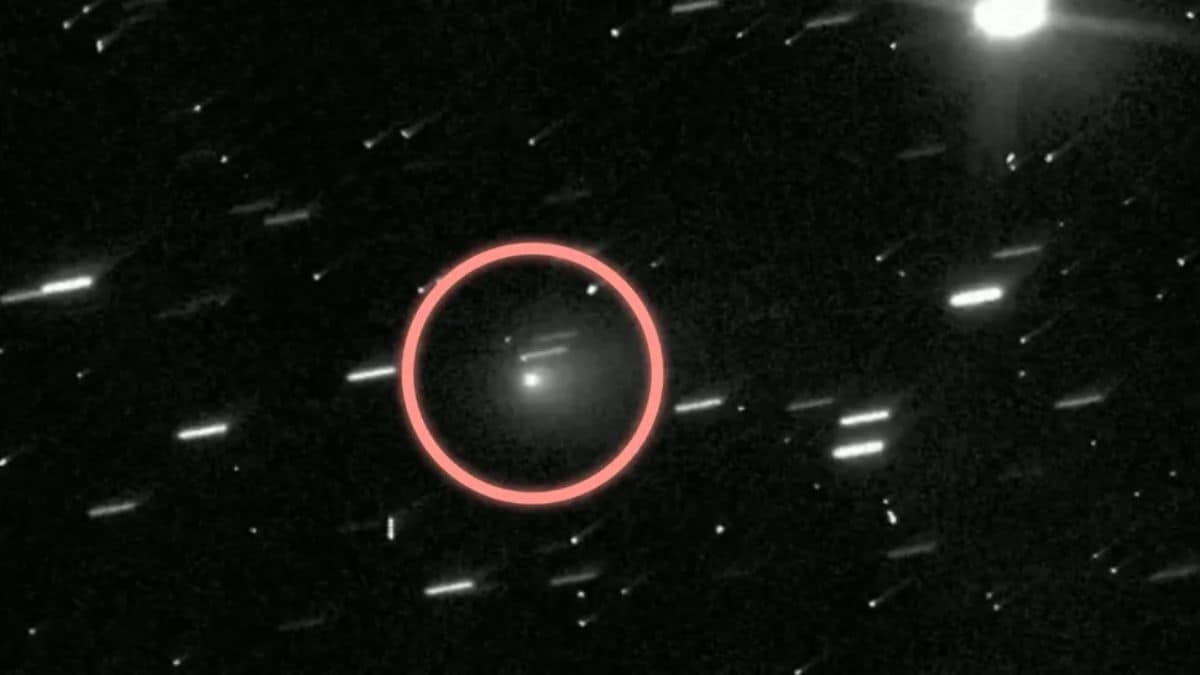
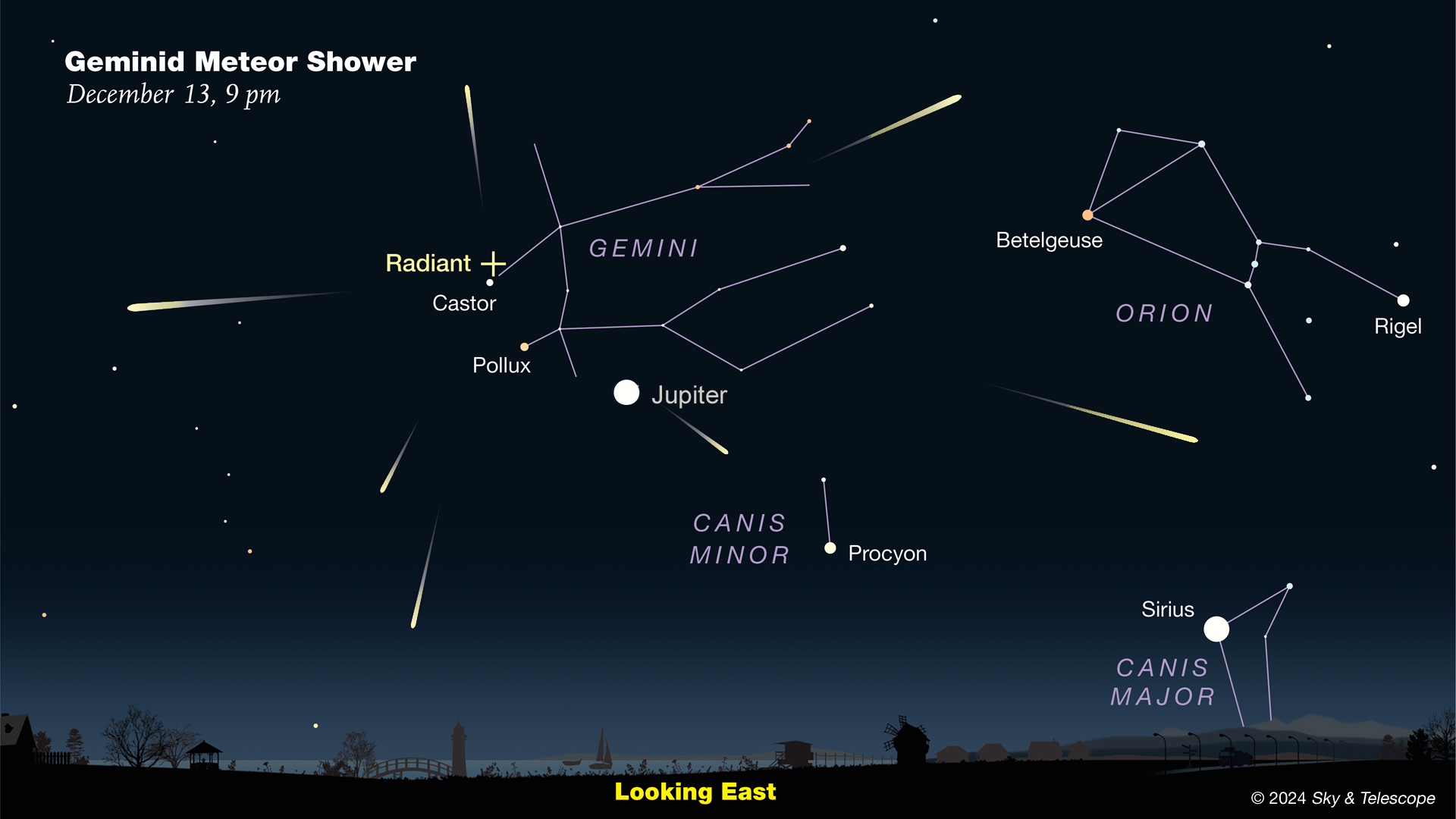

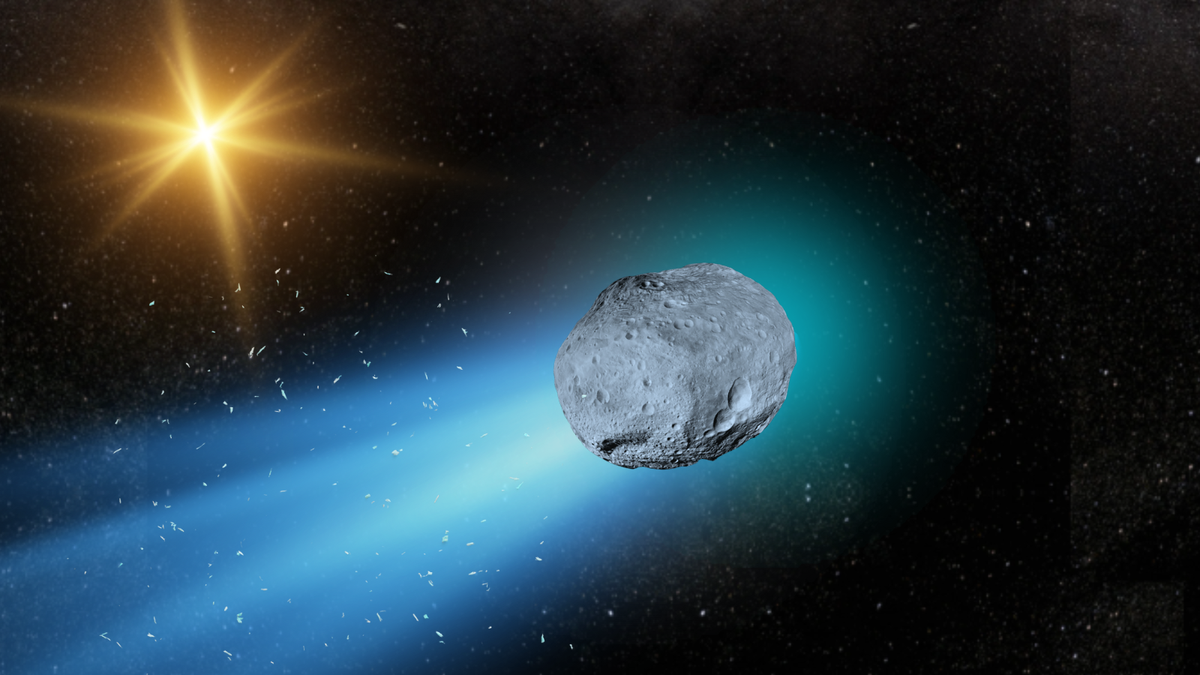
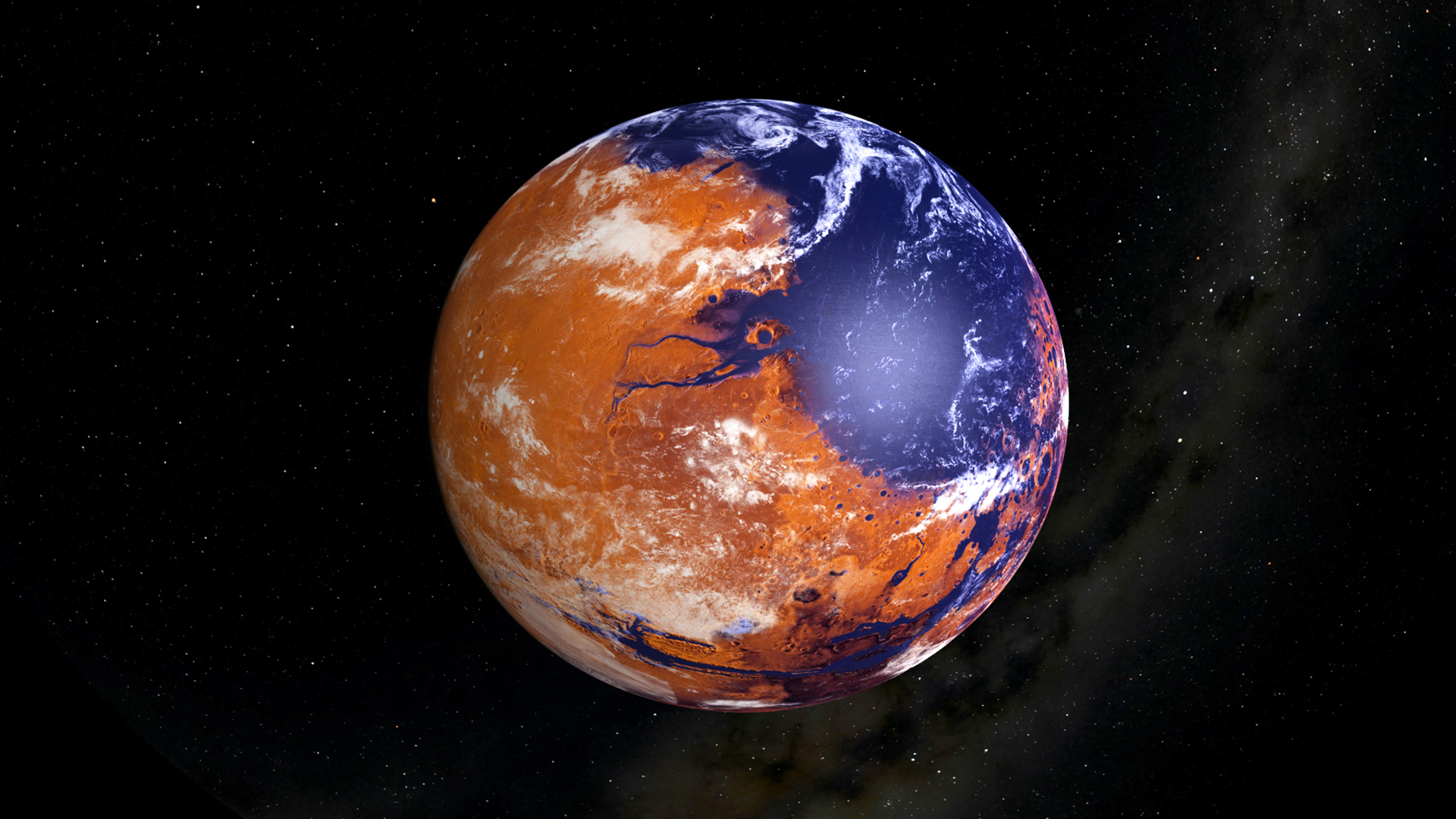
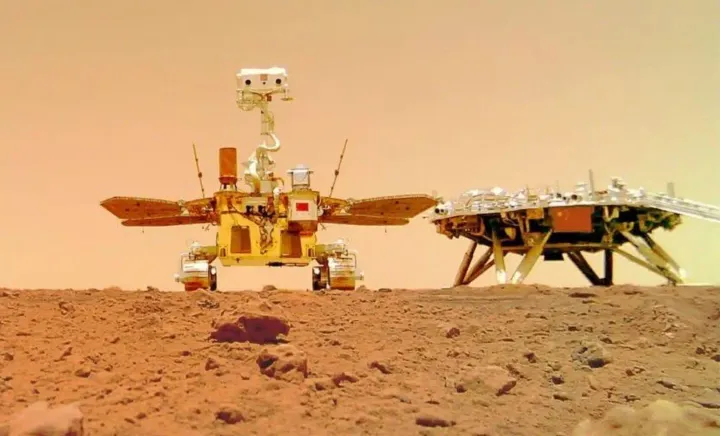
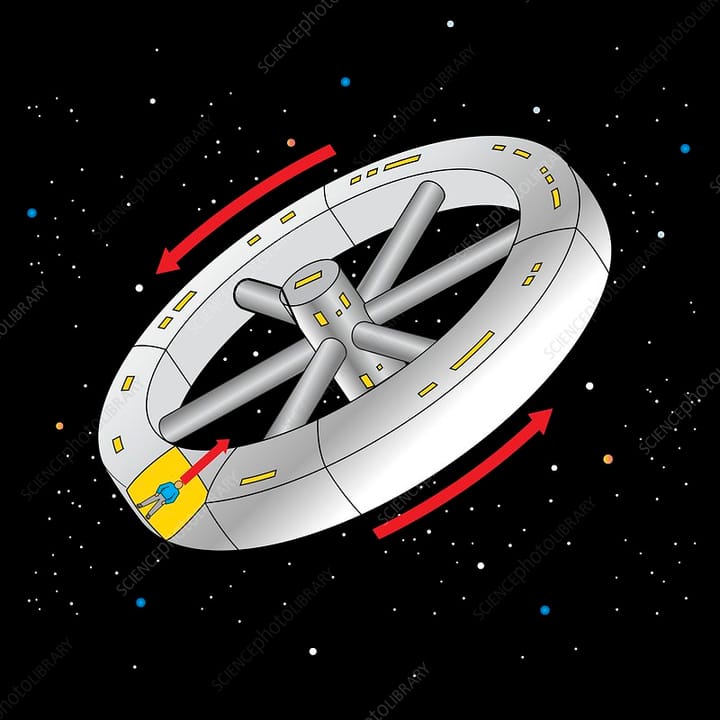
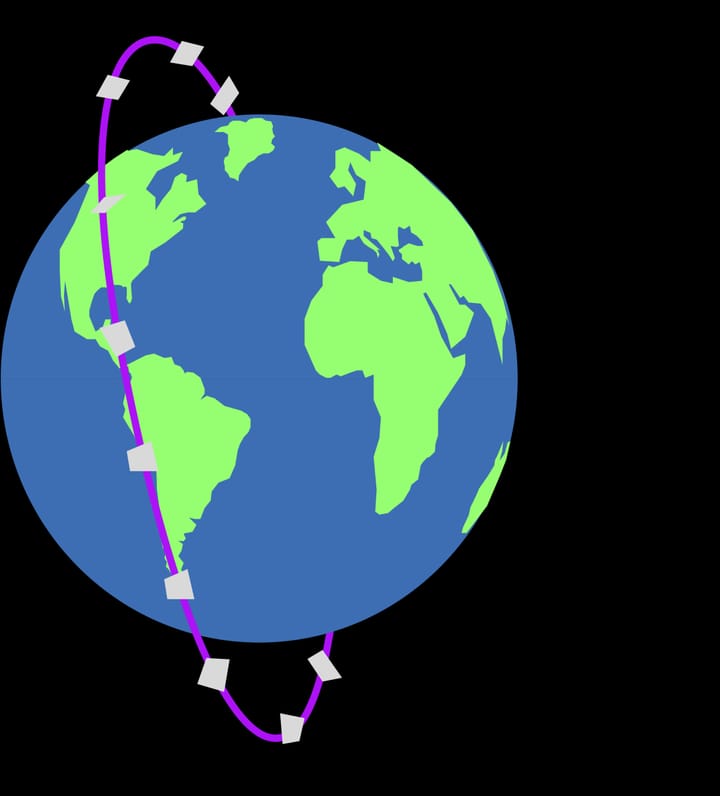









Comments ()